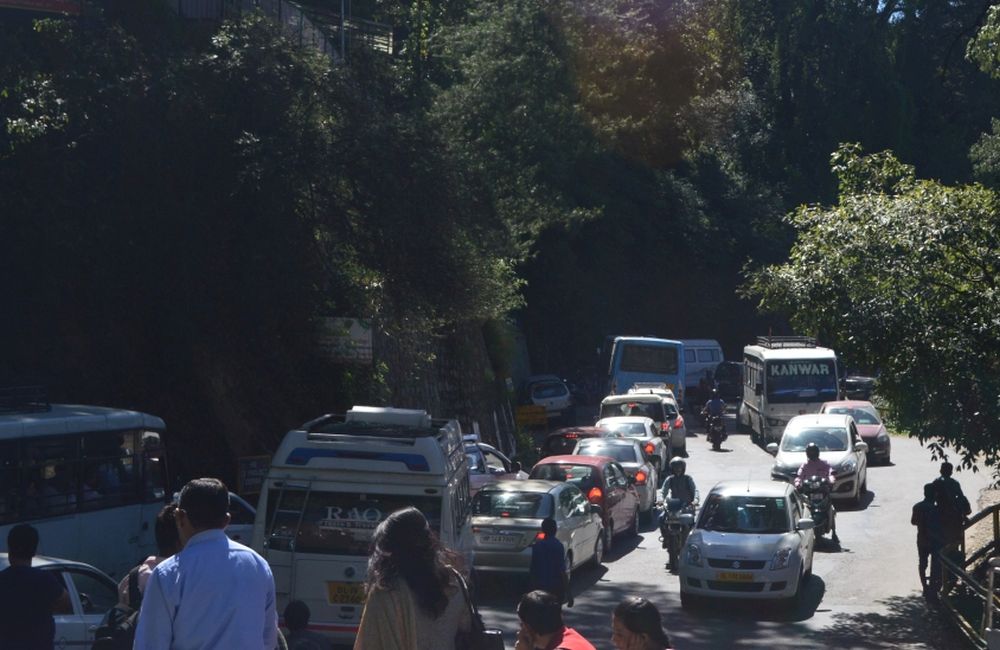Himachal Pradesh is witnessing an unusual weather pattern, with Shimla recording its warmest January night in 16 years at 9.6 degrees Celsius on Sunday. This significant temperature rise and sunshine across the state have sparked concerns about the potential impact on agriculture and horticulture, particularly the apple crop.
The previous record for the warmest January night in Shimla was 12.7 degrees, observed on January 24, 2009. On Monday, Kangra and Sundarnagar also reported unusually high maximum temperatures of 23.6 and 24.4 degrees Celsius, respectively—the highest since January 2018. The warmth has extended to both plains and hilly regions, further amplifying worries.
Weather Forecast and Upcoming Changes
According to the Meteorological Center in Shimla, a western disturbance is expected to become active on January 29, bringing rain and snowfall to mid-mountainous districts such as Shimla, Solan, Sirmaur, Mandi, Kullu, Chamba, Kinnaur, and Lahaul-Spiti. While the plains, including Una, Bilaspur, Hamirpur, and Kangra, are likely to remain dry initially, statewide rainfall is predicted on January 31 and February 1.
Despite the precipitation forecast, experts caution that the ongoing warm spell could have lasting effects on the region’s crops.
Concerns for the Apple Crop; Broader Implications for Agriculture
Apple growers are particularly alarmed, as the warm temperatures could disrupt the critical chilling period required for apple trees to bloom. Gopal Singh, an apple grower from Ghog Village in Theog, said, “This unseasonal warmth is not favourable for apple orchards. Without sufficient chilling hours, the flowering process will be delayed, and our yield will be affected.”
Balvinder Gaktu, a horticulturist from Tikker Rohru, added, “The changing weather patterns are becoming a serious challenge. Apples are sensitive to such fluctuations, and we fear reduced productivity if the trend continues.”
The impact of rising temperatures extends beyond apple orchards. Winter crops such as wheat and barley may also suffer, as warmer weather accelerates growth and reduces the yield potential. Sudden weather shifts, such as frost following unseasonal warmth, could exacerbate the situation.
Climate experts have warned that such erratic weather patterns may become more frequent due to global climate change. They urge farmers to adopt adaptive practices and remain updated on weather forecasts. While the upcoming rainfall may provide temporary relief, it is unlikely to reverse the challenges posed by the ongoing warm spell.













